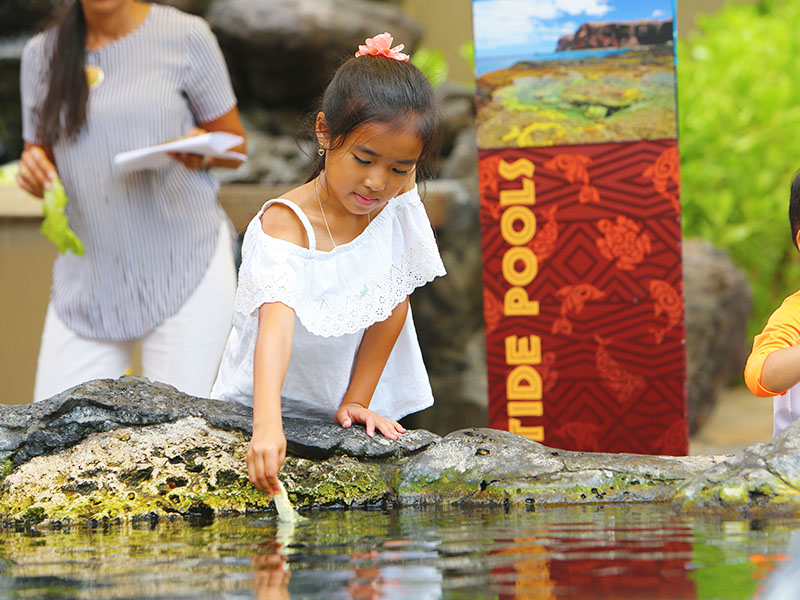Get your passes now! Offer ends 12/2 at 11:59PM HST.
Sea Life Park is Closed Tuesday, April 1st
Due to a power outage in the area Sea Life Park is closed today.
What are you looking for?
Get your passes now! Offer ends 12/2 at 11:59PM HST.

WHAT: Sea Life Park reminds residents it’s that time of year to help our native seabirds! Federally protected Wedge-tailed and Newell’s shearwater chicks can be particularly vulnerable following breeding season—with October, November and December among the most challenging months. The park typically helps hundreds of seabirds during these peak months alone, and is already beginning to see chicks brought into the Sea Life Park Seabird Rehabilitation Facility that are in need of care.
These young birds can become disoriented by street and exterior lighting, putting them at risk for injury and predation when drawn too far away from their nesting areas. The community can help by learning the key signs to look for in a distressed seabird, and bringing any that are in need of care to the Sea Life Park Seabird Rehabilitation Facility. It is also important not to intervene unless it is clear that the bird requires assistance.
INFO: Sea Life Park suggests the following guidelines to assess situations:
The Sea Life Park Seabird Rehabilitation Facility cares for and releases several hundred birds each season. Those that are unable to be released, are provided a home at the Park’s Seabird Sanctuary.
WHEN: Sea Life Park’s Seabird Rehabilitation Facility is equipped to receive injured birds 24 hours a day, seven days a week. While October – November are particularly vulnerable months for native shearwaters, the facility is open year-round to assist distressed seabirds.
WHERE: Sea Life Park is the primary rehabilitation facility on Oahu, located at 41-202 Kalanianaole Highway, Waimanalo. Drop-off stations have also been established at the Division of Forestry and Wildlife (DOFAW) office in Kailua, Feather and Fur Animal Hospital also in Kailua, Hawaiian Humane Society in Honolulu and the James Campbell National Wildlife Refuge near Kahuku. These stations provide safe spaces around the island where birds can be dropped off if the rescuer is unable to get directly to Sea Life Park.

